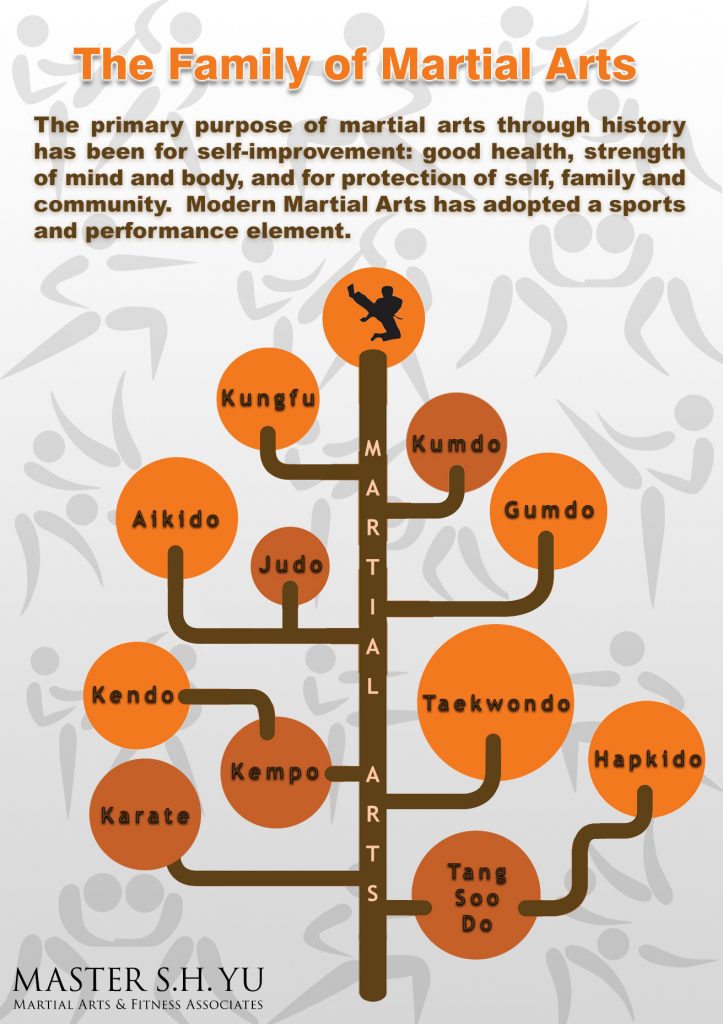The History And Viewpoint Of Martial Arts: A Deep Dive
The History And Viewpoint Of Martial Arts: A Deep Dive
Blog Article
Personnel Writer-Gentry Wall
Step into the ancient globe where martial arts were born out of necessity in diverse regions. Societies crafted one-of-a-kind battling styles intertwined with historical contexts. Methods developed over centuries through devoted method and social exchanges. Today, modern-day martial arts mix conventional components for optimal efficiency. Philosophically, martial arts emphasize technique, self-improvement, and consistency. Regard, humility, and balance are foundational principles leading professionals towards growth and strength. Explore the depths of this rich history and philosophy to discover the extensive influences shaping this long-lasting discipline.
Beginnings of Martial Arts
Martial arts originated in various regions around the world, developing as functional fight systems to resist dangers. These old battling designs were established out of necessity, with each society crafting techniques suited to their distinct settings and obstacles. From the grappling arts of Jujutsu in Japan to the striking strategies of Kung Fu in China, martial arts were deeply intertwined with the historical, social, and cultural material of their particular societies.
In Japan, the samurai class polished martial arts like Kenjutsu, the art of the sword, which later on evolved right into the extra popularized kind of Kendo. On the other hand, in Brazil, Capoeira emerged as a mix of dance and battle, produced by enslaved Africans as a way to resist injustice. Each fighting style lugs with it an abundant background and approach, reflecting the worths and beliefs of individuals who exercised them.
As you look into the origins of martial arts, you uncover a tapestry of human resourcefulness, durability, and the stubborn spirit of warriors throughout time.
Development of Methods
With centuries of technique and refinement, fight techniques within different martial arts have undertaken an extensive advancement. From old styles like Martial art and Martial arts to extra contemporary self-controls such as Brazilian Jiu-Jitsu and Krav Maga, the development of techniques has been driven by a mix of social influences, practical applications, and technological developments.
One substantial element of this evolution is the cross-pollination of techniques in between different martial arts. For instance, strategies from conventional Japanese Jiu-Jitsu were incorporated right into the production of Judo by Jigoro Kano in the late 19th century. This blending of styles has led to the growth of crossbreed martial arts like Mixed Martial Arts (MMA), which integrate elements of striking, grappling, and submission methods.
Additionally, brazilian jiu jitsu older adults of methods has been formed by the increasing emphasis on performance and effectiveness in battle. Practitioners have continuously sought to improve their methods through strenuous training, testing, and competitors, resulting in the advancement of highly specialized and effective combating styles. On the whole, the development of techniques in martial arts mirrors the dynamic nature of fight and the ongoing pursuit for enhancement and innovation.
Philosophical Foundations
Discovering the underlying thoughtful concepts of martial arts supplies insight right into their core values and guiding ideas. At the heart of lots of martial arts disciplines is the idea of discipline itself. By educating your mind and body to function as one cohesive unit, you grow discipline that prolongs beyond the dojo or gym right into everyday life. This discipline includes regard, humbleness, and self-constraint, forming not just your physical abilities but additionally your personality.
An additional fundamental thoughtful foundation in martial arts is the idea of continuous self-improvement. The journey of understanding a martial art is endless, with specialists frequently aiming to better themselves, both physically and emotionally. This focus on development cultivates resilience, perseverance, and a growth frame of mind that can be applied to all aspects of life.
Additionally, martial arts highlight the importance of harmony and equilibrium. Strategies are designed to use a challenger's energy versus them, highlighting the concept of yielding and rerouting pressure as opposed to meeting it head-on. This ideology encompasses interpersonal partnerships, advertising relaxed resolutions and mutual understanding. By welcoming these thoughtful foundations, martial musicians not only improve their combat abilities yet also grow a lifestyle centered on individual growth, regard, and harmony.
Conclusion
To conclude, the history and approach of martial arts provide a rich tapestry of practice, technique, and self-improvement.
Take for https://www.looper.com/834813/what-you-didnt-know-about-the-karate-kids-tournament-referee/ of Bruce Lee, who reinvented martial arts by mixing different designs and ideologies to create his very own unique kind of Jeet Kune Do.
With commitment and development, martial artists remain to push limits and influence others to reach their complete possibility both in combat and in life.
